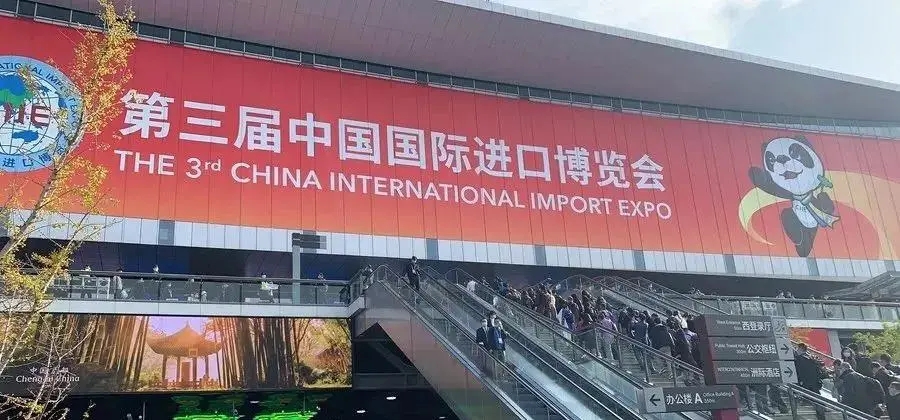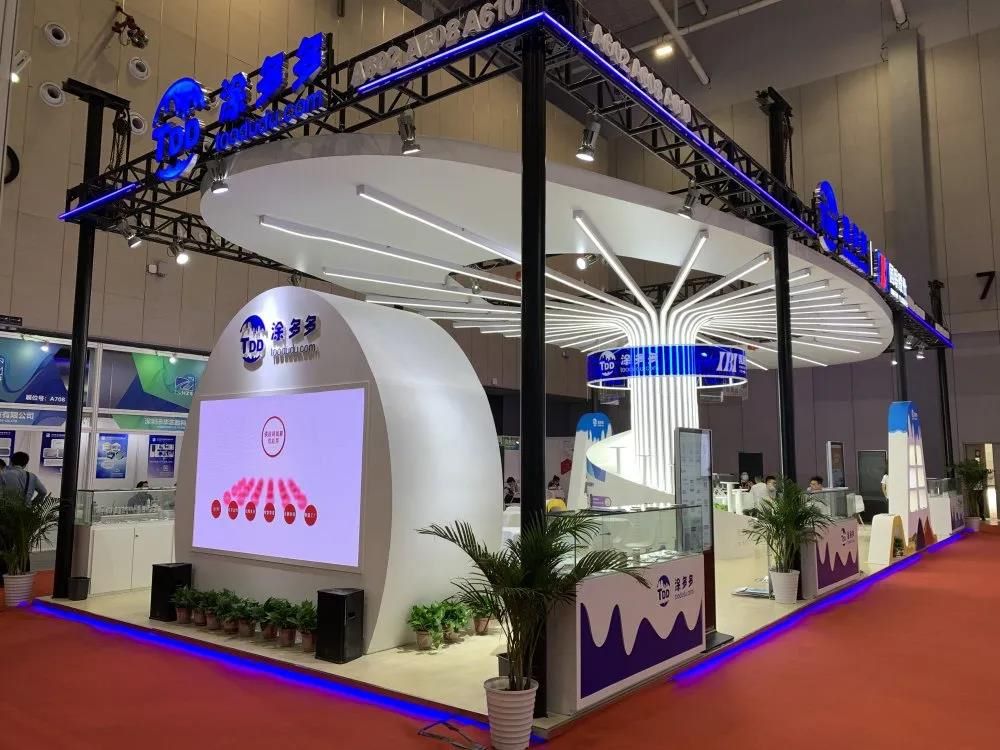Rubber Market Trends, May 29, 2025
On May 29, 2025, under the influence of complex economic situation and industry dynamics, the domestic and foreign rubber markets showed obvious price fluctuations and supply and demand changes.
Domestic rubber market
Spot price dynamics
From the spot market, according to Hexun.com, as of May 28, the purchase price of Yunnan glue was 13,600 yuan/ton, Hainan fresh latex was 14,300 yuan/ton, full latex Shanghai market was 13,750 yuan/ton, Qingdao Free Trade Zone Thai standard was 1,730 US dollars/ton, and Thai mixed was 13,800 yuan/ton.
Compared with previous data, the price of 23-year SCRWF in the Shanghai market was 13,950-14,050 yuan/ton, down 300 yuan/ton from the previous day, and the overall price center of gravity moved downward.
This is mainly attributed to the scarcity of orders from downstream product companies, the low actual purchasing intention, and the weak performance of the market demand side, which made it difficult to form an effective support for prices.
Price Trends of Raw Materials
On May 28, the price of cup rubber was 51.60 (-0.50) baht/kg, and latex was 62.75 baht/kg. Earlier, Thailand announced that the start of the rubber tapping season would be postponed by one month, and the increase in rainfall in domestic and foreign production areas interfered with rubber tapping, resulting in a decrease in raw material output and prices remaining high.
However, as time goes on, the subsequent supply of raw materials is expected to gradually increase, which will pose a certain resistance to the rise in rubber prices. For example, although the price of Thai glue has risen before, it has also fluctuated recently.
Inventory Situation
In terms of inventory, the pressure on rubber inventory is still relatively large. As of May 22, the finished product inventory of Shandong tire sample enterprises increased month-on-month.
The high inventory level reflects the insufficient market digestion capacity, further exacerbating the market's expectation of oversupply, and bringing heavy downward pressure on rubber prices.
In order to control inventory, some companies have lowered their production plans, which has also affected the demand for rubber raw materials to a certain extent.
Futures market performance
On May 28, the negative news about natural rubber fermented, and the rubber sector fell sharply. The price trend of the main contract of natural rubber futures affects the confidence of market participants.
The main contract of synthetic rubber BR2507 closed at 11,150 yuan/ton at the end of the trading day, down 3.75%. The changes in position data and trading volume reflect the game situation between the long and short sides of the market.
The current market is cautious about the price trend of rubber futures. Investors pay close attention to factors such as macroeconomic data, policy changes, and industry supply and demand dynamics to determine the subsequent price direction.
International rubber market
Southeast Asian market
As the world's major rubber production area, Southeast Asia has a far-reaching impact on the international rubber market. In the first quarter of 2025, Indonesia exported a total of 427,000 tons of natural rubber, an increase of 8% year-on-year.
Among them, the total natural rubber exported to China was 88,000 tons, an increase of 267% year-on-year; the total mixed rubber exported to China was 12,000 tons, an increase of 300% year-on-year. This shows that Indonesia's rubber exports have increased significantly, especially exports to the Chinese market have increased significantly, which has affected the supply pattern of the international rubber market to a certain extent.
As another major rubber producer, Thailand's raw material price trend and harvesting situation have attracted much attention. Previously, Thailand's harvesting season was delayed and raw material prices were running high, but as the subsequent harvesting work progressed, the supply of raw materials increased, and the impact on international rubber prices was more complicated.
On the one hand, the increase in supply may lead to increased downward pressure on prices; on the other hand, the high prices in the early stage still support costs to a certain extent.
Other international markets
From a global perspective, as an important rubber consumption market, the United States' economic data and trade policies have a significant impact on rubber demand.
The current uncertainty of the US tariff policy has exacerbated global market turmoil, posed challenges to the export of downstream rubber industries such as the tire industry, and thus affected the market demand for rubber.
In the European market, with the advancement of the economic recovery process, rubber demand has shown certain signs of recovery, but it is still constrained by the instability of the global trade environment.
For example, the volume of semi-steel tyre imports into the UK increased by 14% in January 2025 compared with the same period last year, and the import value increased by 6%. However, the average price fell by 7% to US$4.38/kg, reflecting that the market competition is relatively fierce and the demand growth has not fully driven the price increase.











